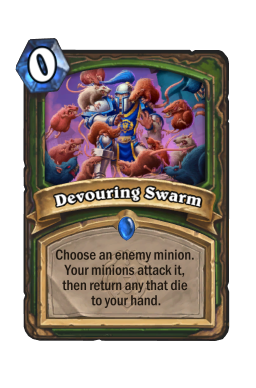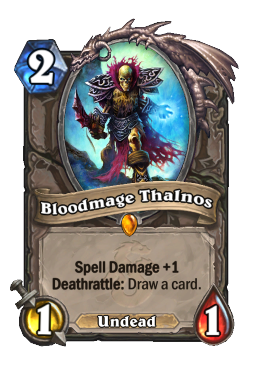
The archetype has a win rate of 56.3%, placing it just behind Face Hunter and Elemental Shaman as best-performing archetypes in the United in Stormwind meta. Handbuff Paladin continues to be the archetype for Paladin players. So far, Shaman makes up for 17.9% in the Diamond to Legend bracket, despite significantly outperforming the other classes. Despite these phenomenal stats, the class’ popularity doesn’t yet represent the strength of Shaman. With the best archetype in the format, Elemental Shaman, (tied with Face Hunter) at 56.6%. Starting with Aggro Shaman at 52.8%, Questline Shaman at 54.9%, Elemental Attack Shaman at 56.3%. Four of Shaman archetypes made their way into the top ten best performing archetypes after the nerfs. Shaman continues as the unspoken King of the Standard format.
#Quest hunter deck stormwind update
Warlock Stats Post-Balance Update (Standard) Notably, a massive win rate discrepancy between the two decks exists, with Questline Warlock performing with a nearly 5% higher win rate than the more aggressive builds.Įnjoy it while it lasts, as additional changes are coming to Warlock in less than a week. And the version most players are familiar with using Flesh Giant and Goldshire Gnoll to defeat their opponents. The Questline Warlock’s are split into two primary camps, the more aggressive “Questline Zoo Warlock”, which focuses on Discard synergy and Hand of Gul’dan. The only difference from before, is the tools people use alongside the Demon Seed. The brighter cards help make the cards (or card amounts) that differ between decks stand out so one can easily see deck variations and tech cards.ĭespite what the balance changes want you to believe, Questline Warlock continues to perform in the United in Stormwind meta.

What does it mean when something is lighter in the deck comparison? When something is brighter in the deck comparison, all decks in that comparison have that card and in that amount. What is the asterisk next to the grade? If there is an * at the stats, there have been less than 50 games, so the grade is based on a low sample size and can be inaccurate. Hence why a popular SSS- deck may be above a less popular SSS deck, for example. Why is a deck with SSS- above a SSS deck? The decks are sorted by climb confidence, which is slightly different than grade when the grade is SS- and above or FF+ and below.

These are the FF, FFF, SS, and SSS grades, with FFF- the lowest, below 40% winrate and SSS+ being the highest, at over 60% winrate. If the confidence is over 99%, I (Gerben) use another metric to further separate the good from the bad, winrate. And the range of 0% to 99% is listed as the grades C- till S+. The range of -99% till 0% shows up as the grades F- till D+. If the losses > wins, then, for the calculation, wins and losses swap, and the sign becomes negative, indicating how likely the deck is to be a < 50% winrate deck.

“Climb Confidence” indicates how confident one can be that the deck is a deck one can climb with (aka have a > 50% winrate with).

Climb confidence is the maximum confidence %, such that the lower bound of the % confidence interval is above 50%. How does Datadecks determine the grades & what do they mean?ĭatadecks uses two parts to determine the grade of each class and archetype.


 0 kommentar(er)
0 kommentar(er)
